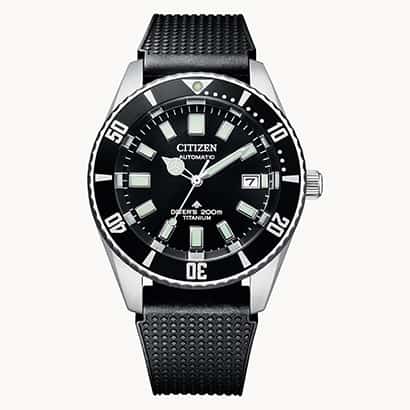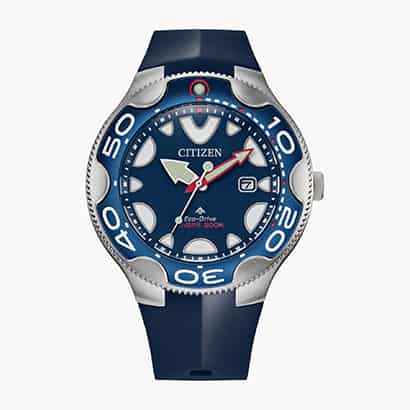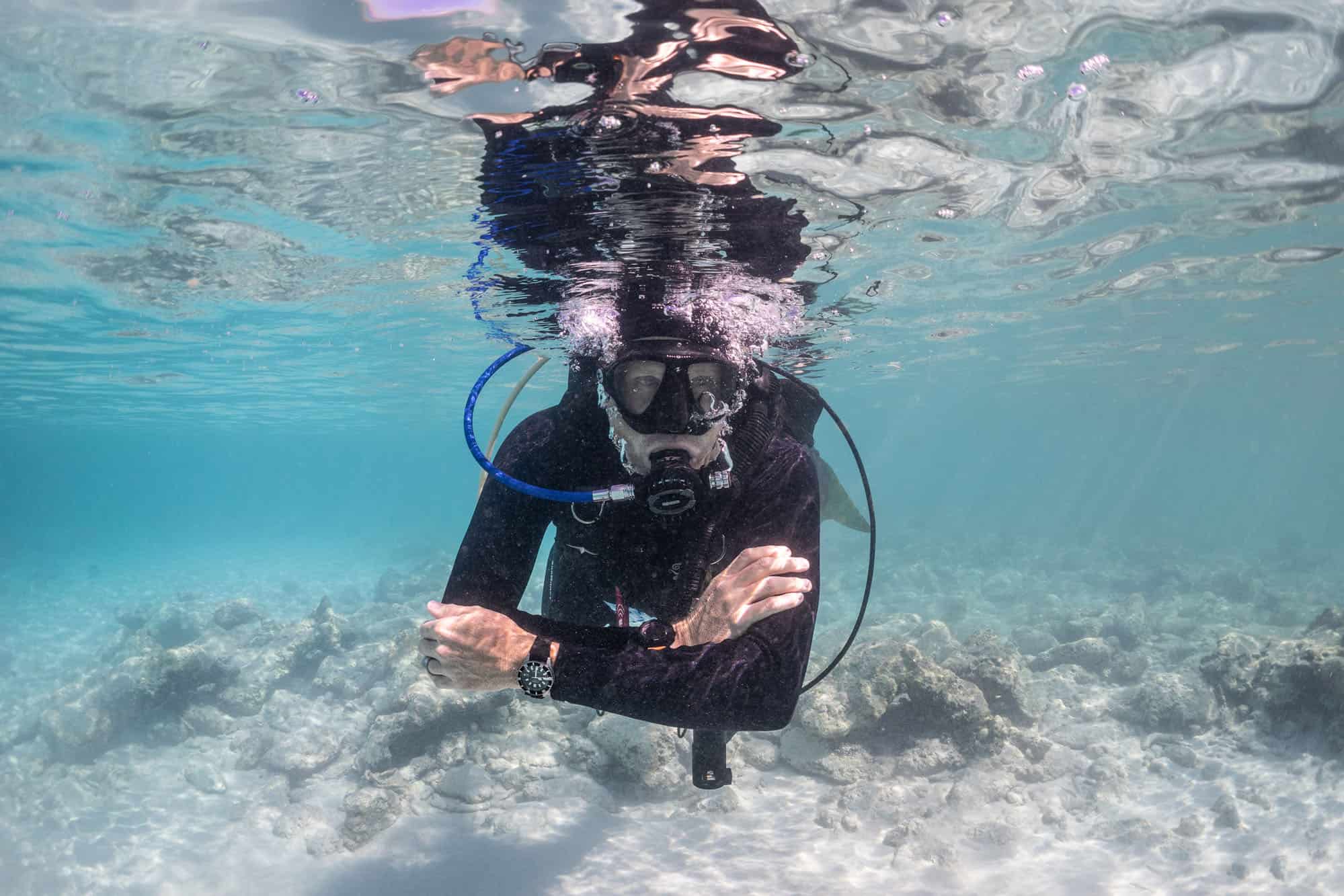
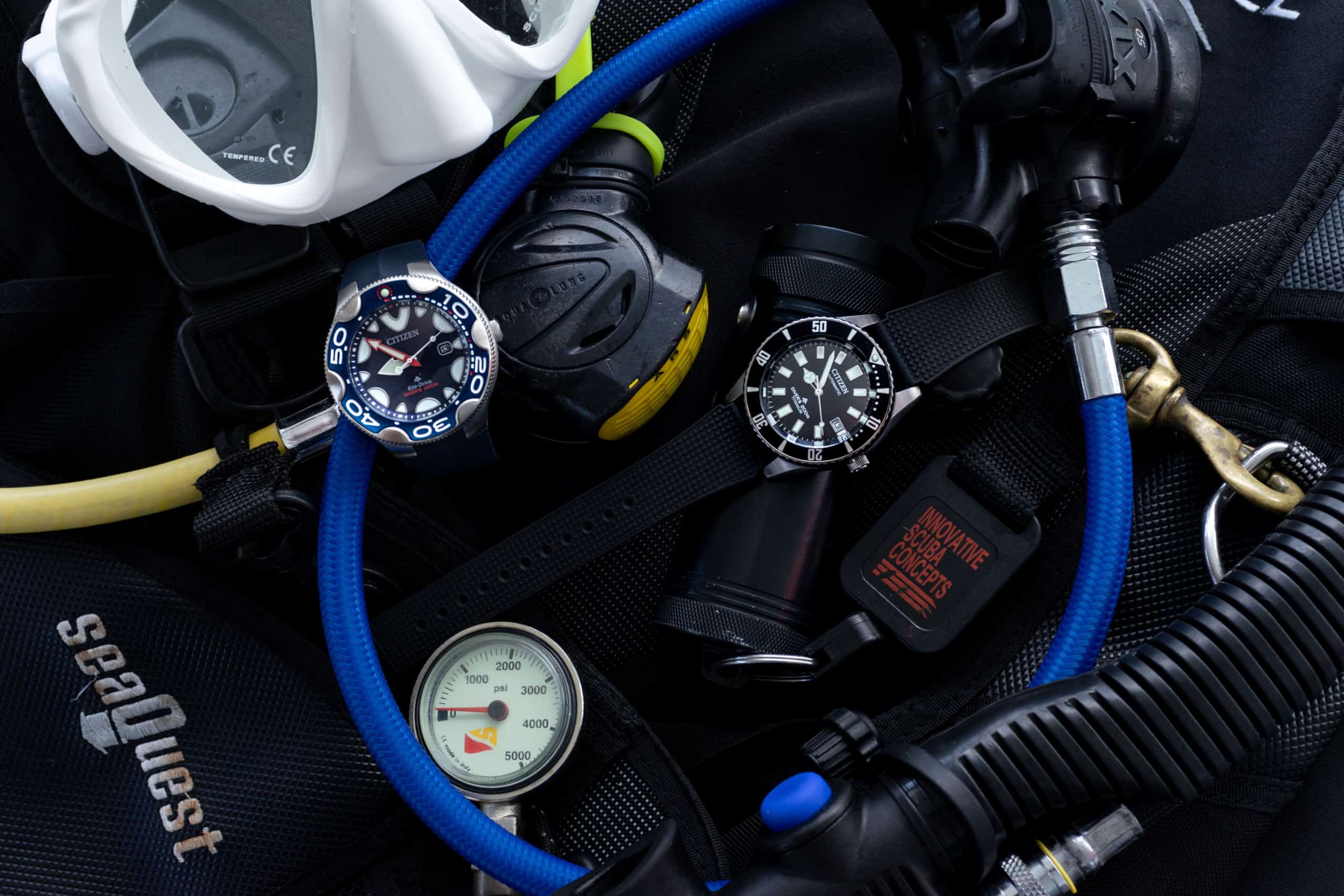
A friend of mine once told me that looking at the ocean from shore was like looking at the outside of a circus tent. Scuba diving is to pull back the flap and step inside. Once I took up diving, I realized he was right. For the past 15 years, my wife, Gishani, and I have been venturing under the big top, watching with wonder the spectacle of color and performance on coral reefs all over the world. Still we come back to Bonaire, the tiny arid island in the southern Caribbean, year after year. It doesn’t boast the megafauna of the Maldives, the wrecks of Truk Lagoon, or the gin clear waters of the Red Sea. But it remains our favorite. In Bonaire, scuba diving can be practiced as it was in the earliest days of the sport: wading in off a beach with a mask and fins to explore a new patch of reef, using your own skills to navigate, then swimming back, swapping tanks, then setting off down the coast to find the next place to dive.
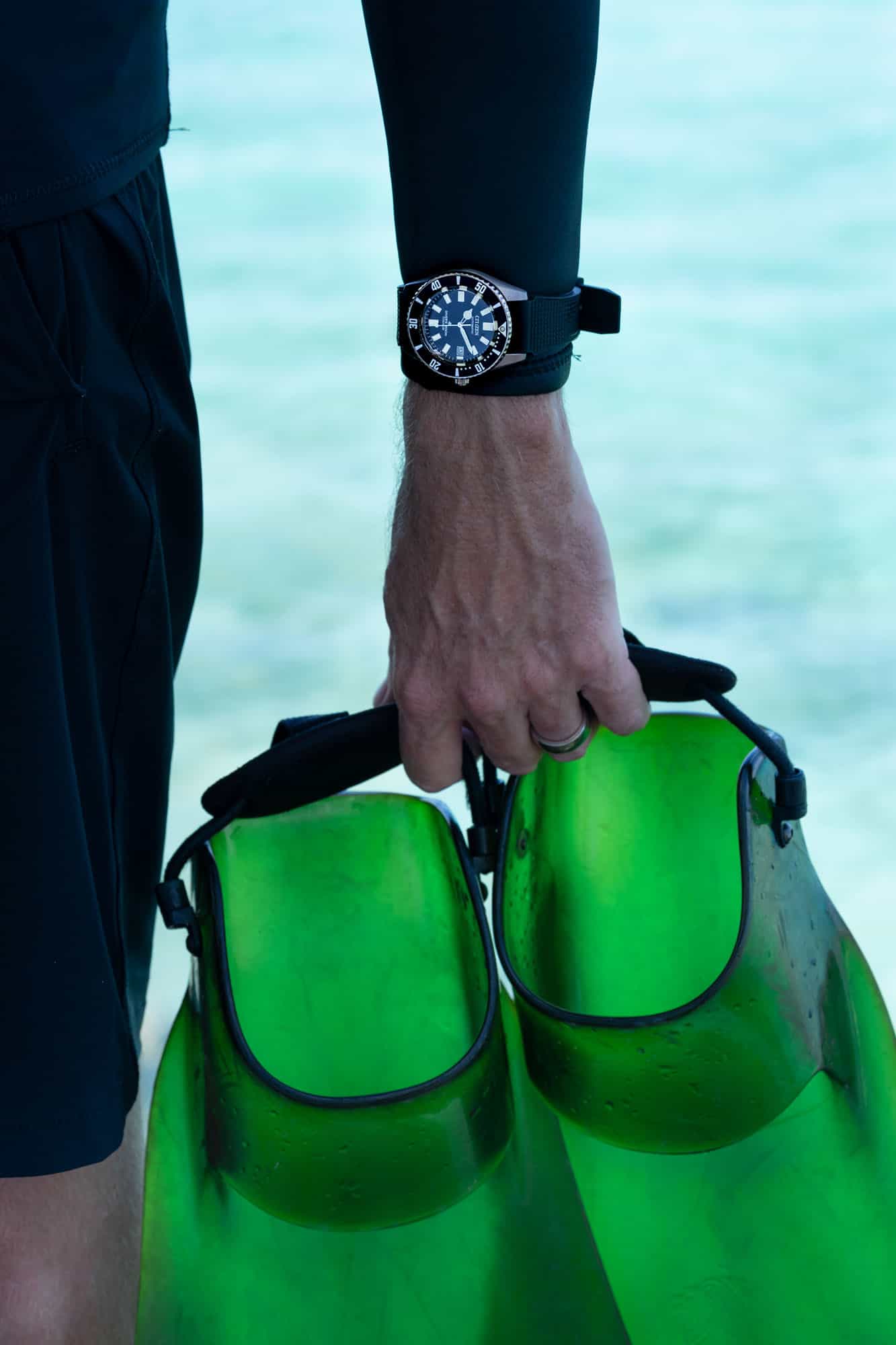
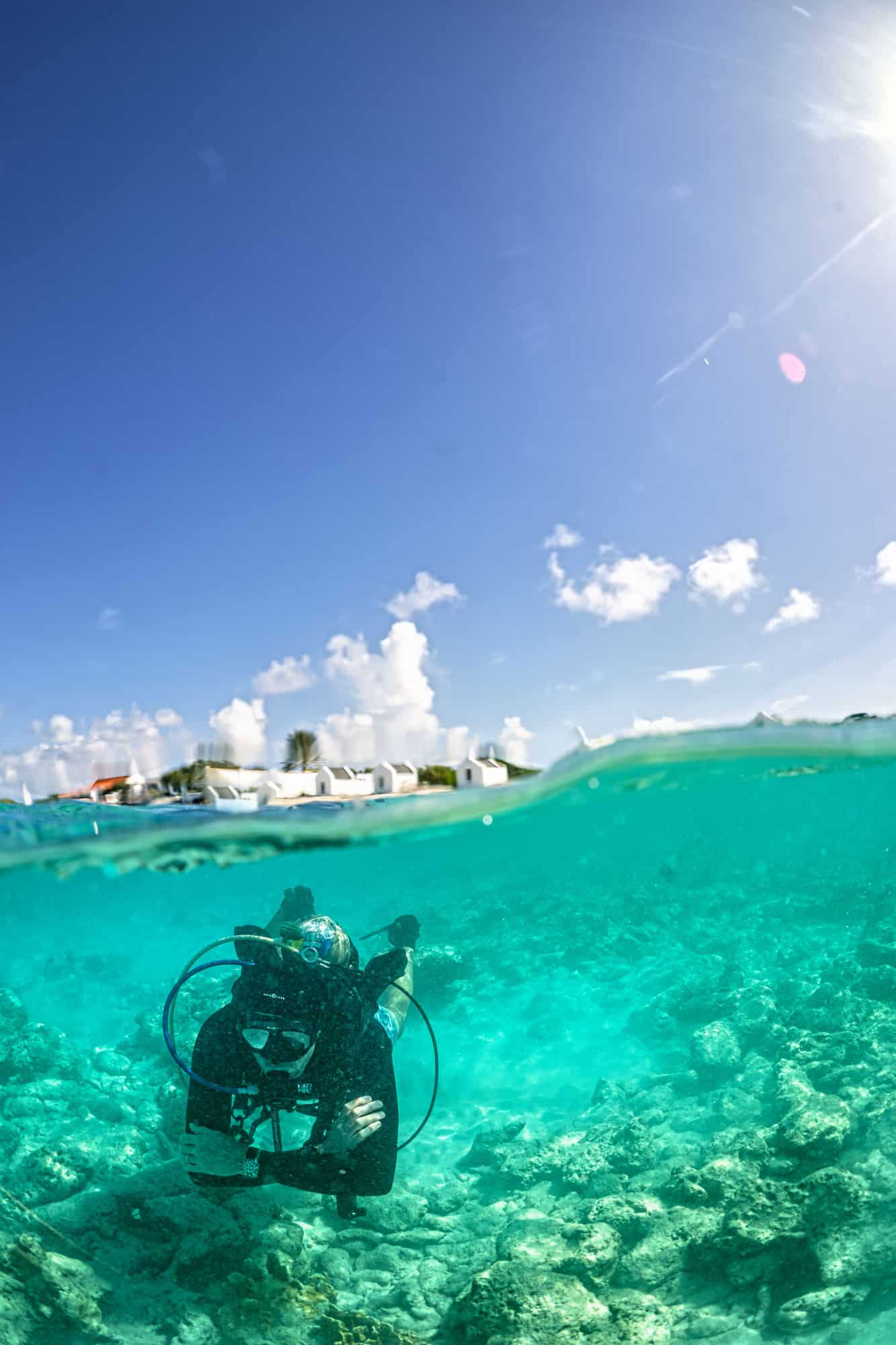
This kind of casual but adventuresome diving used to be called “reefcombing” and I think it describes it well, distinguishing it from exploring shipwrecks, or deeper, more technical pursuits. The diver kicks over the reef, watching the sergeant majors defend their egg patches, the moray eels gape their menacing mouths to pump water over their gills, and a swarm of blue tangs flow across the coral like an indigo ribbon. If you’re lucky, an octopus, nurse shark, or sea turtle will grace you with its presence, then disappear just as quickly. At a mere 30 or 40 feet, the reef is at its most vibrant, bathed in strong sunlight and lush with hard and soft corals, fans, and sponges, and all the denizens that live there. At these moderate depths, the air in a diver’s tank lasts longer, the water is warmer, and the risks of nitrogen narcosis and decompression sickness are virtually absent. Bonaire is a reefcomber’s dream.
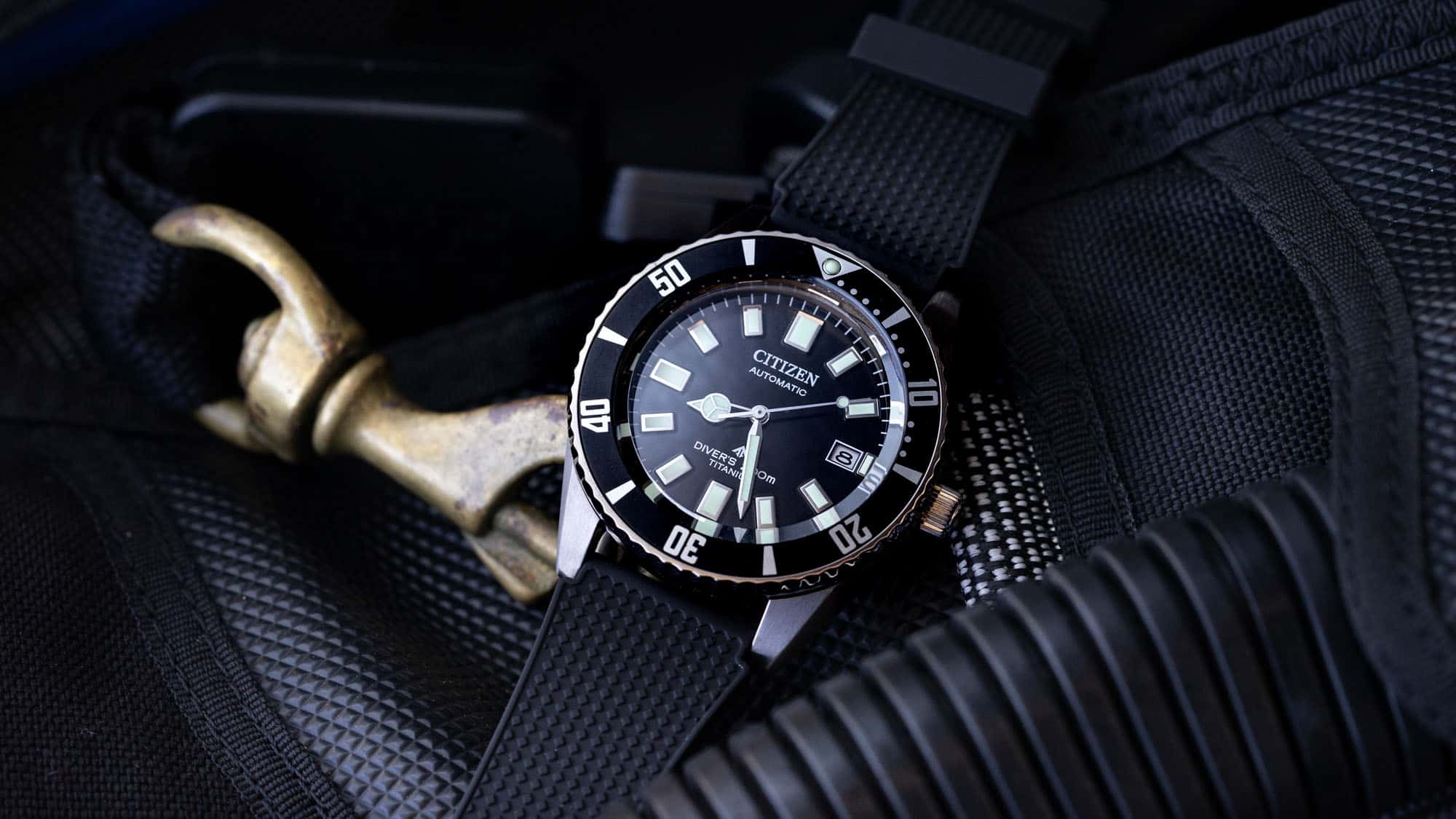
Dive gear for an adventure like this needs only to be simple, rugged, and reliable—a well maintained regulator and buoyancy harness, good fins, and a mask. With water temperatures in Bonaire in the mid-80s, a thick dive suit is optional. I dove in a pair of swim trunks and a 1-millimeter thick wetsuit jacket. Gishani alternated between a full suit and a 2-millimeter “shorty.” And we both wore diving watches from Citizen—the Promaster Dive Automatic, “Fujitsubo,” and the Promaster Dive, “Orca.” It seemed appropriate to wear Citizen watches for this kind of diving. The Japanese marque has a long history of making rugged, functional dive watches that have been worn by both recreational divers and diving professionals for decades. No doubt countless examples have timed dives on the very same reefs we explored in Bonaire.
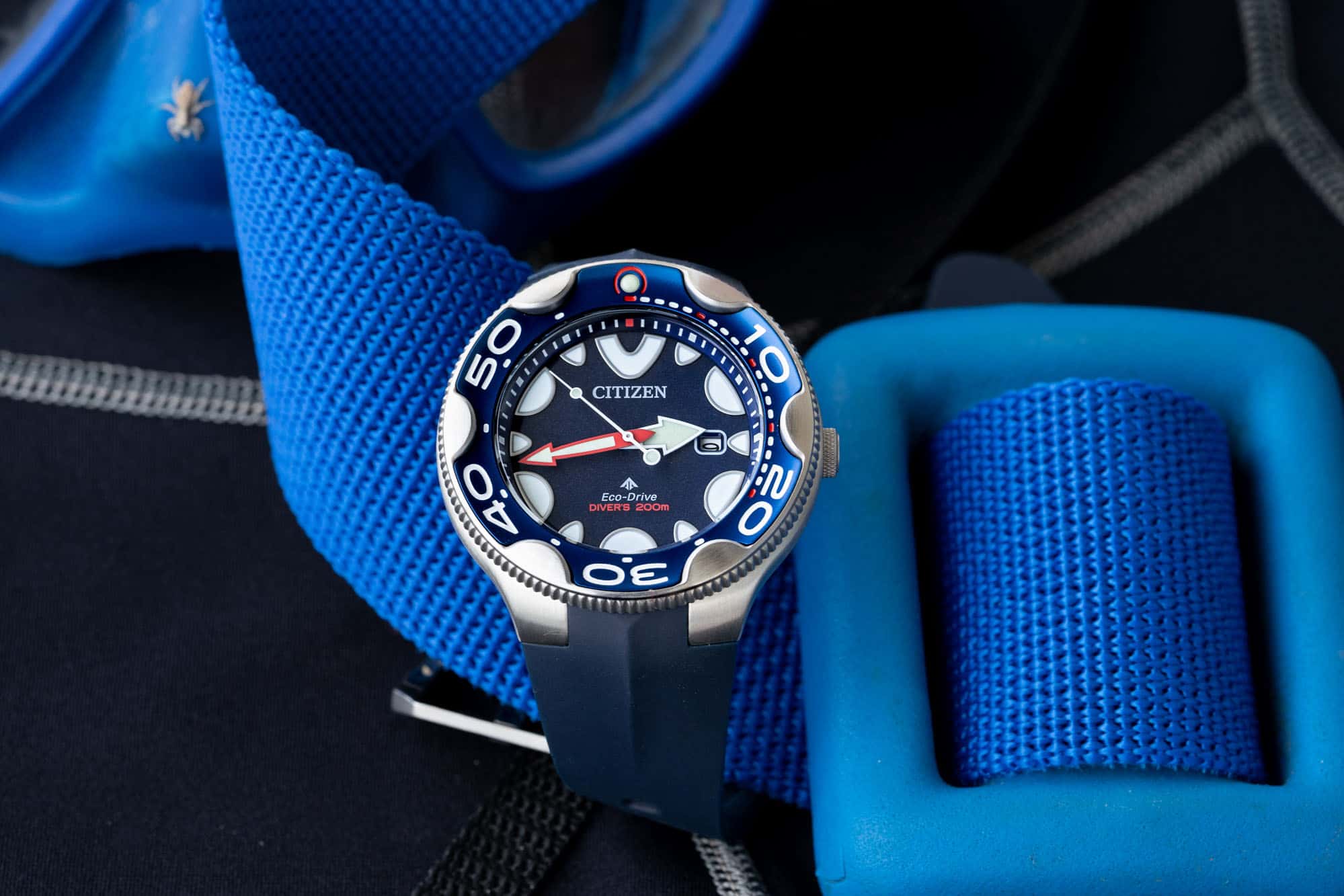
The two watches represent the best of what Citizen does in very different ways. On my wrist, the Automatic was something of a throwback piece, one that pays tribute to a 1970s watch known as the Challenge Diver. Famously, in 1983, one of these watches was found washed up on a beach in Australia, encrusted with sea life, which is how it earned its nickname, “Fujitsubo,” which is Japanese for “barnacle.” Its self-winding movement started running after a few shakes. The automatic movement inside the new one is an update of what was in that forebear, with enhanced protection against magnetism and greater accuracy, but the most striking change about the Fujitsubo is the use of a proprietary Super Titanium for the case.
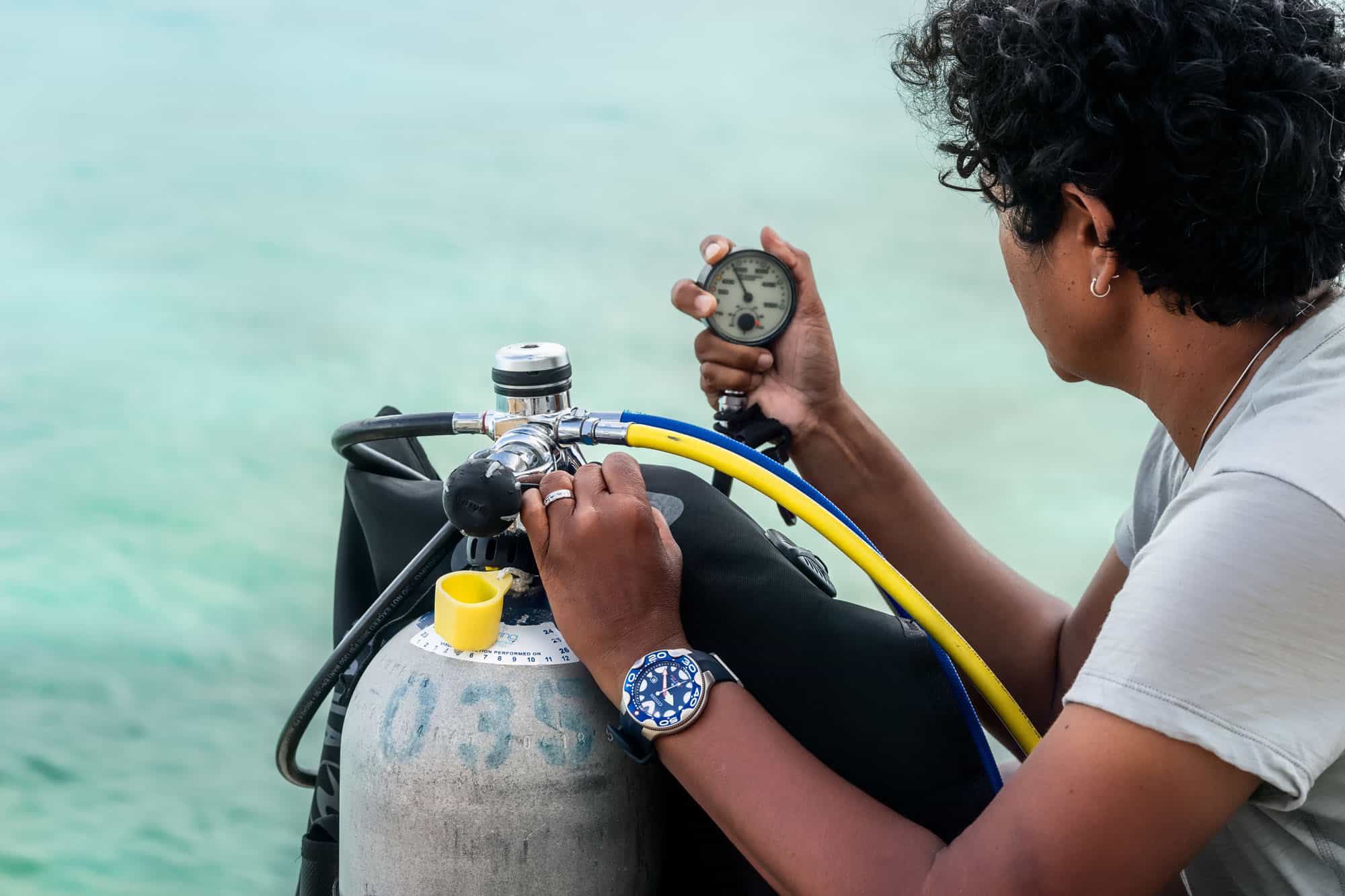
Titanium is an ideal material for a diving watch, being very light and extremely resistant to corrosion. Citizen was a pioneer in the use of this alloy, and its Super Titanium is almost impossible to scratch, even over two weeks being knocked against ladders, aluminum cylinders, and diving equipment.
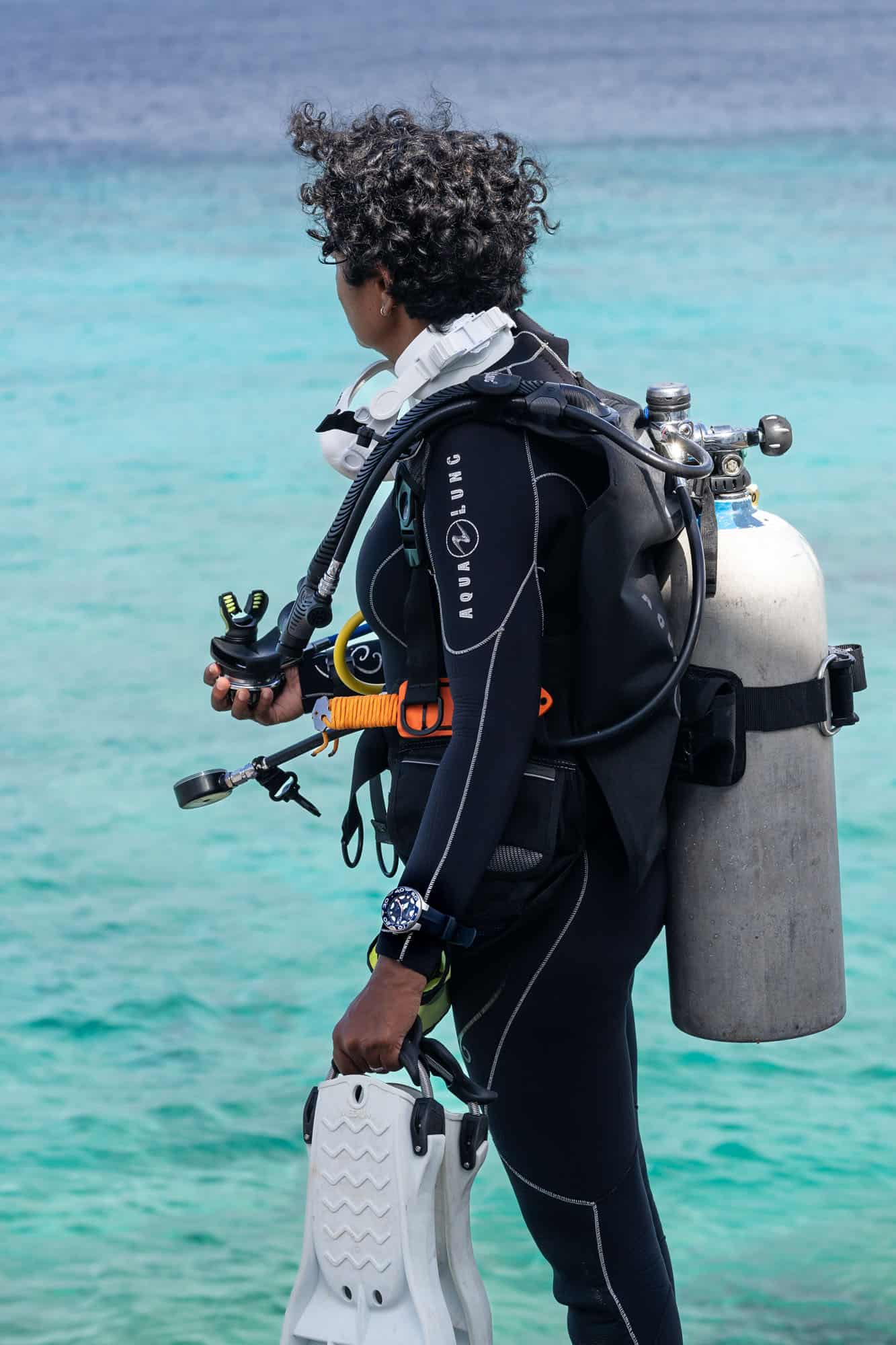
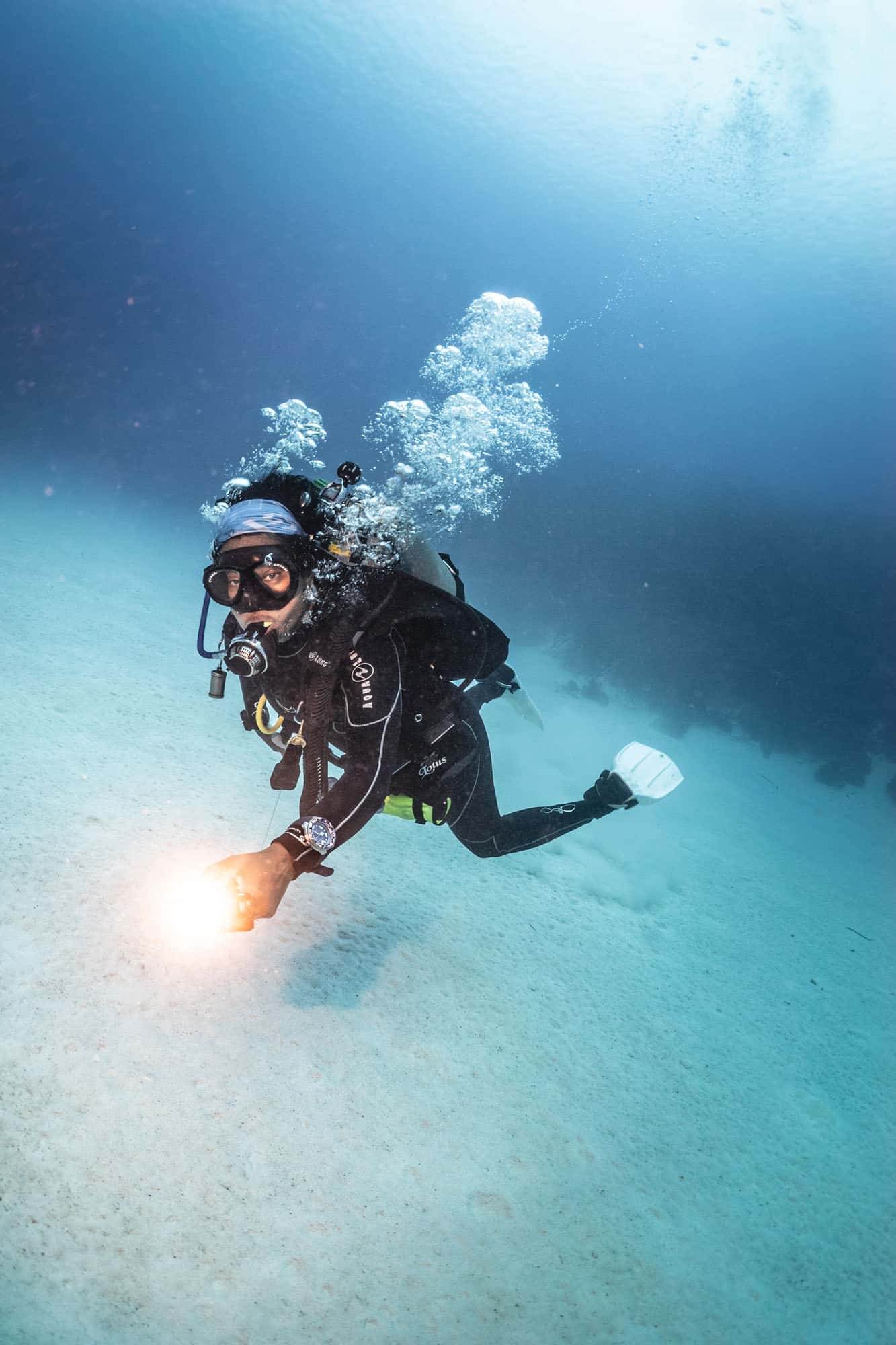
The Fujitsubo looks every bit like the kind of watch reefcombers have worn in Bonaire and beyond since the 1970s, with its glossy black dial, prominent luminous markers, wide rotating timing ring and angular strap horns that hold a textured polyurethane strap that is plenty long to fit over a wetsuit sleeve. Despite the presence of a dive computer on my opposite wrist, I used the timing ring to track my bottom time on dives, as well as for timing swim distances for underwater navigation. These decidedly more analog uses, while not entirely necessary, are part of the craft of diving and tie me to a legacy of reefcombers who came before.
Gishani’s Orca was a markedly different take on a diving watch, itself something of a reissue of a collector’s favorite from Citizen’s extensive back catalog. That earlier watch was nicknamed the “Orca,” thanks to the bold rounded dial and bezel markings that resemble the patterns found on its namesake marine mammal. Citizen has embraced this nickname, adopting further inspiration in the polyurethane strap that mimics the fin of the apex predator and adding a likeness of an orca on the case back. Inside ticks another of Citizen’s trademark technologies, Eco-Drive, a solar powered movement that is powered by light. In Bonaire, finding sunlight is never a problem. Though it’s a larger watch, its curved case and integrated strap fit Gishani’s smaller wrist well, and the long strap was more than enough to wrap around her neoprene dive suit sleeve.
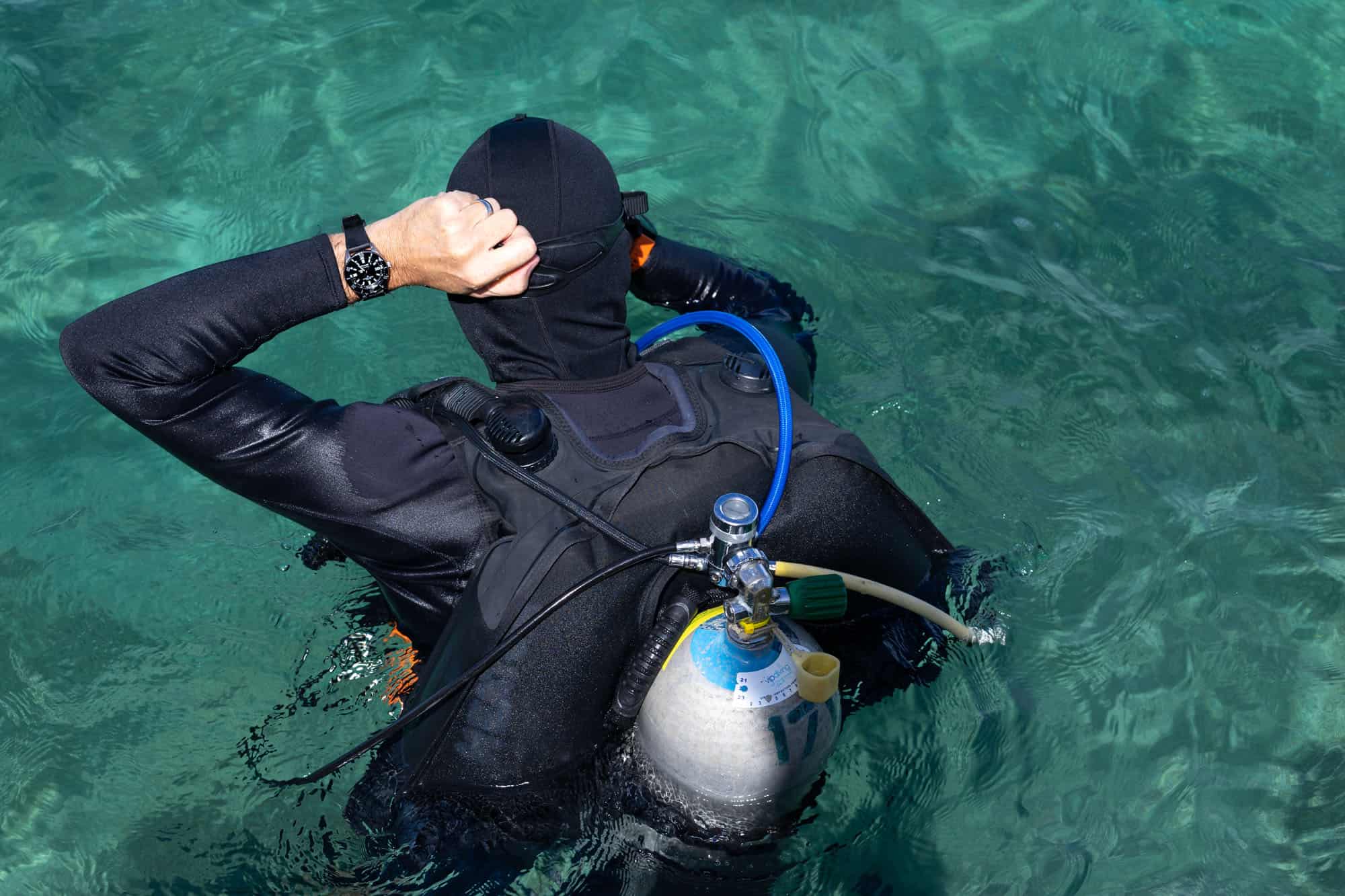
Over the course of two weeks, we fell into a daily routine of a morning ocean swim followed by breakfast, then a dive on one of the island’s more than 60 marked shore sites. We would park our dusty pickup truck on the rocky beach, shoulder our gear and walk into the sea. Then we would hide from the tropical sun during the middle of the day, emerging in late afternoon to go out again, someplace else. And no matter where we went diving, the reef didn’t disappoint.
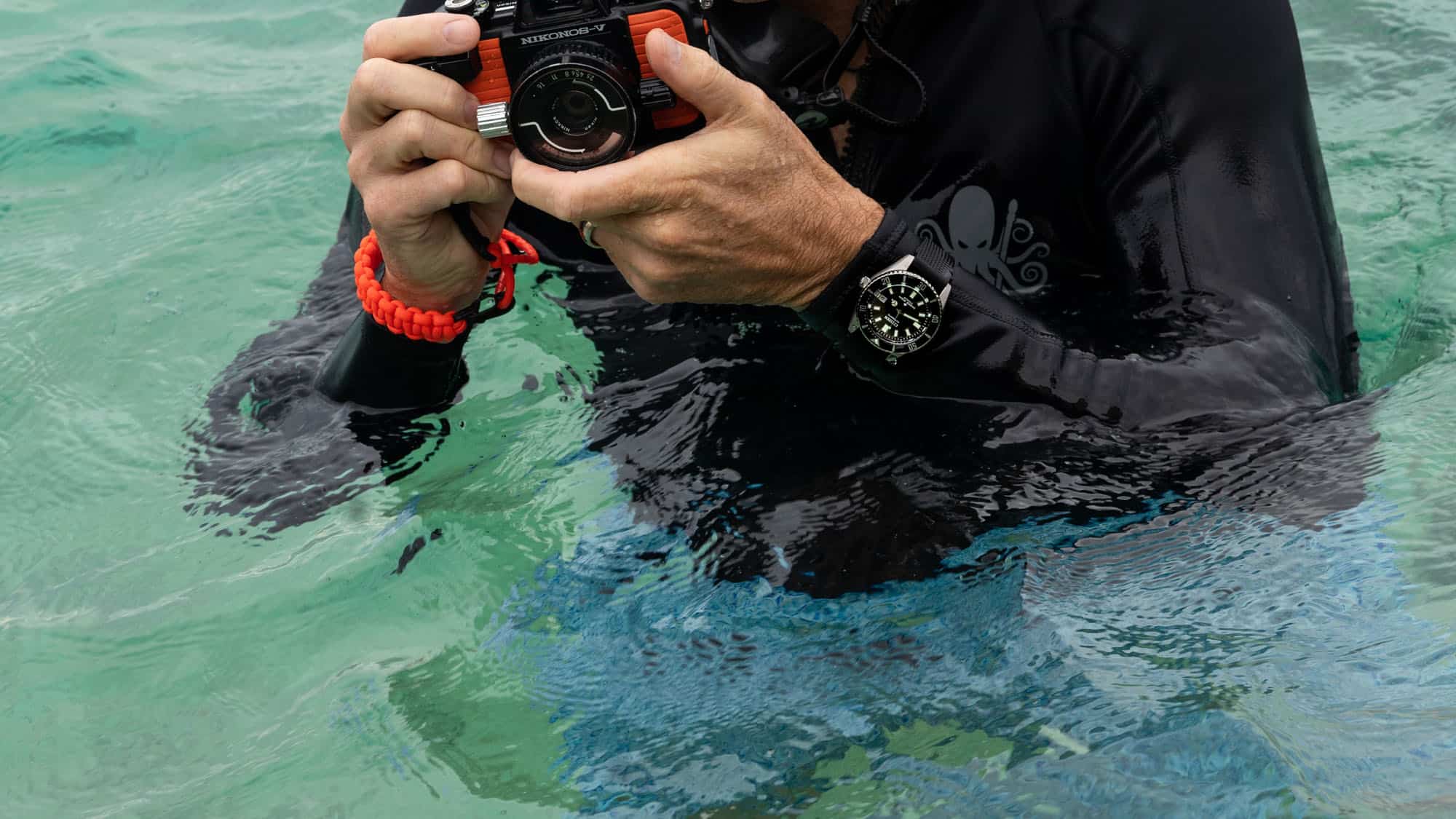
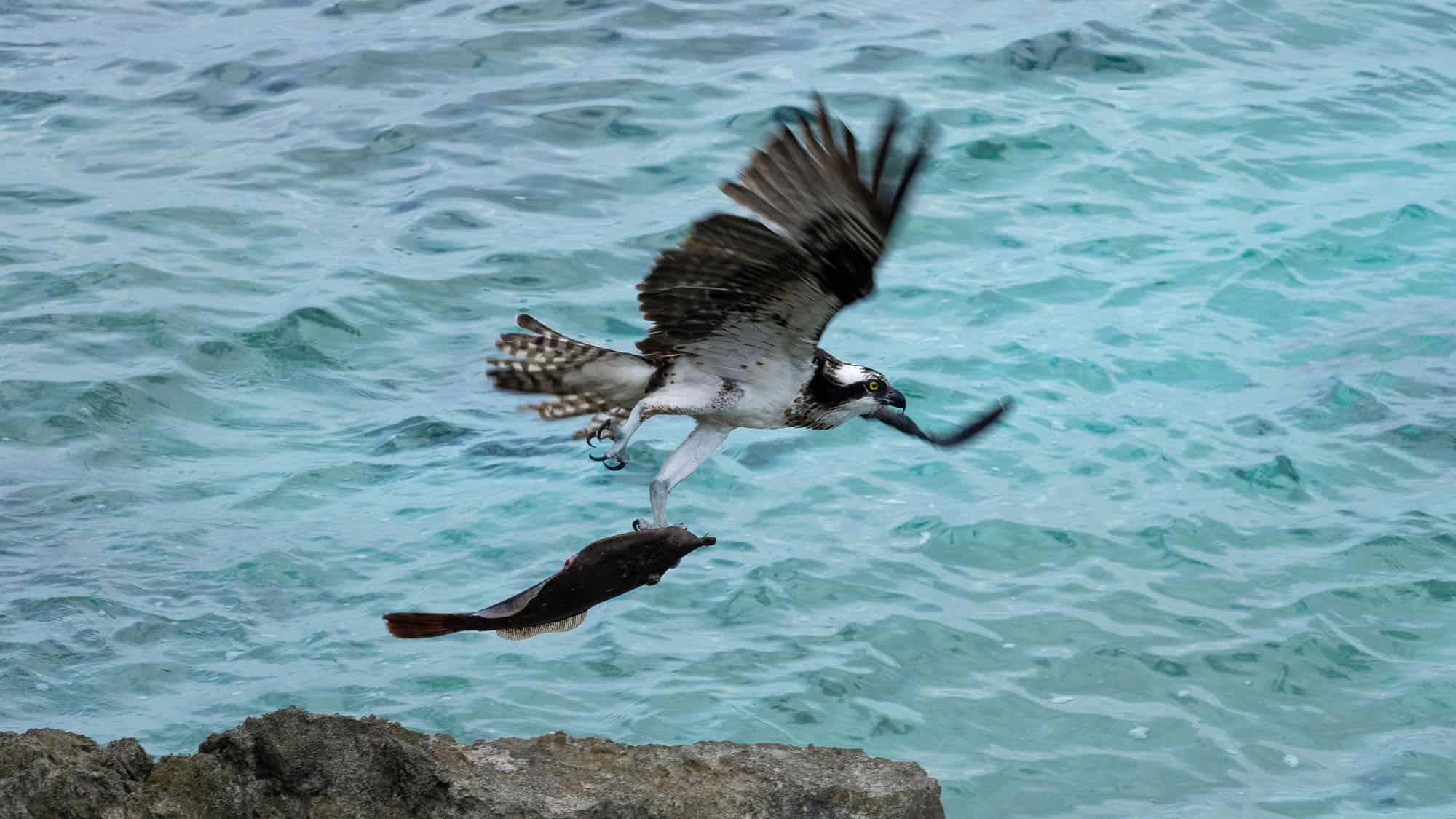
On one dive we were shadowed by a trio of Caribbean reef squid, on another we observed two mating scorpionfish, being wary of their venomous spines. While on a night dive, two giant silver tarpons hunted for an easy meal in the beams of our underwater torches while an alien basket star unfurled its tentacles to catch the current. And as we performed a three-minute safety stop on a dive, a hawksbill turtle swam alongside us, as curious of us as we were of it. The sheer volume and variety of life here inspires hope and wonder. The topside world with its worries fades away for an hour at a time, and then you surface knowing that you’ve seen what few others will ever experience.
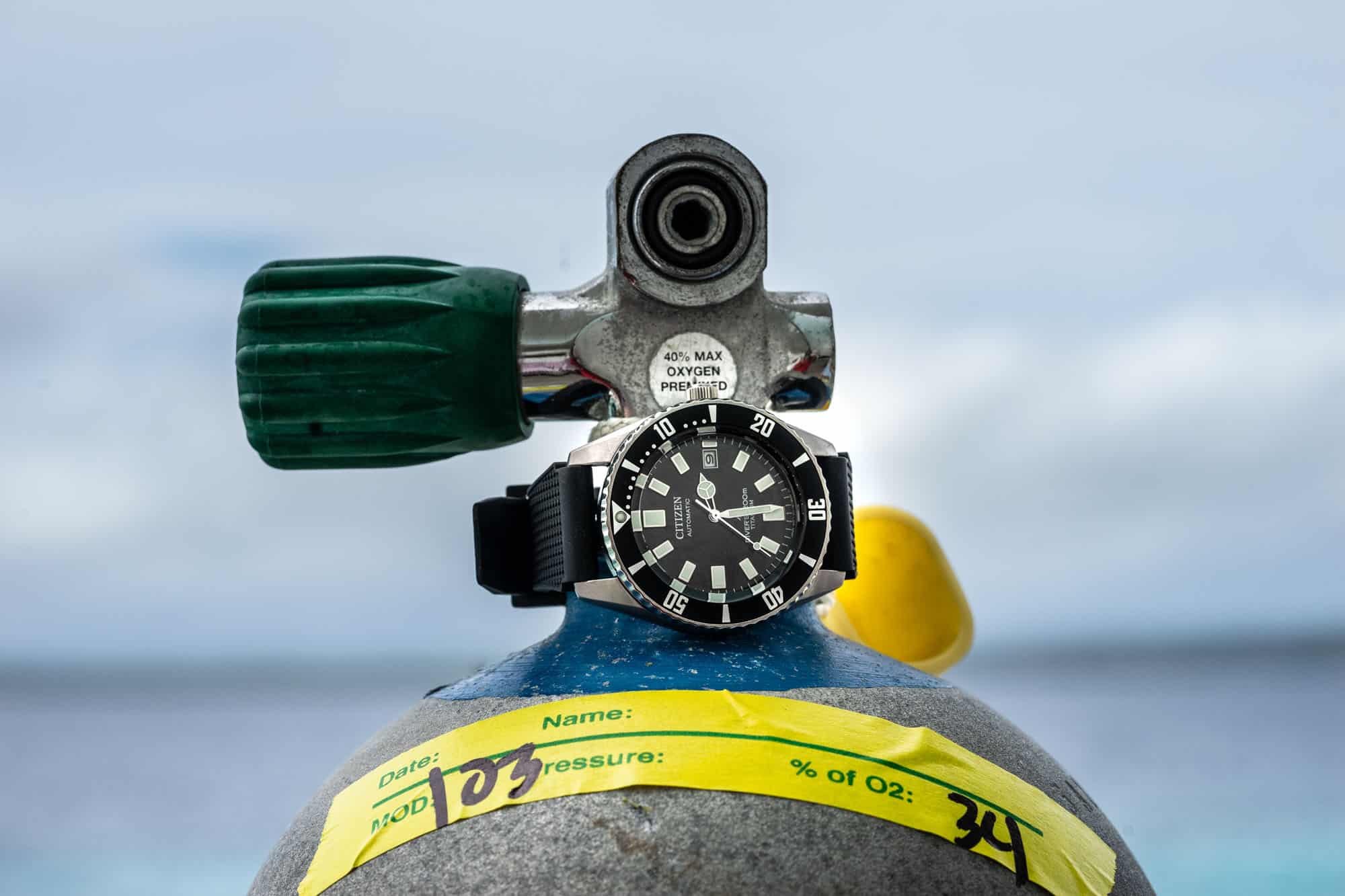
After diving every day, we would take care to thoroughly rinse the saltwater off of all our equipment. Nothing is so subversive to gear as dried salt, which corrodes metals, causes valves to stick, and deteriorates fabrics. We gave the same care to our watches, flushing them under a hose and spinning the bezels to make sure they wouldn’t seize up. It’s another age-old ritual of diving, often accompanied by a cold beverage and a salty snack. One can imagine a similar pair of reefcombers in the 1970s, excitedly recounting what they saw on their dive while rinsing gear as the tropical sunset over the Caribbean, then planning to do it again the next day. In Bonaire, the circus is always in town. You just need to pull back the tent flap and step inside.
– Jason Heaton / photos: Gishani Ratnayake and Jason Heaton
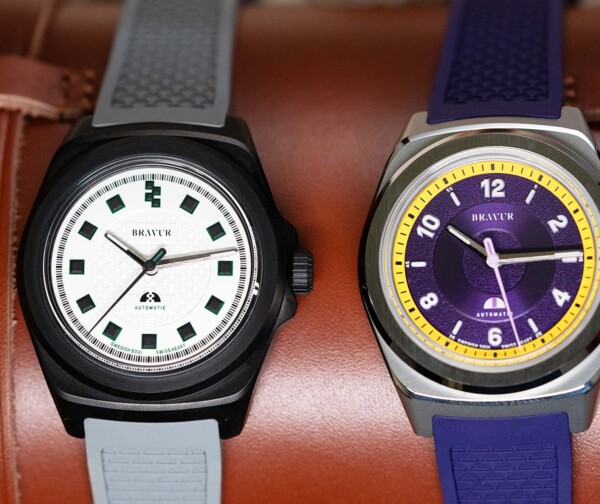




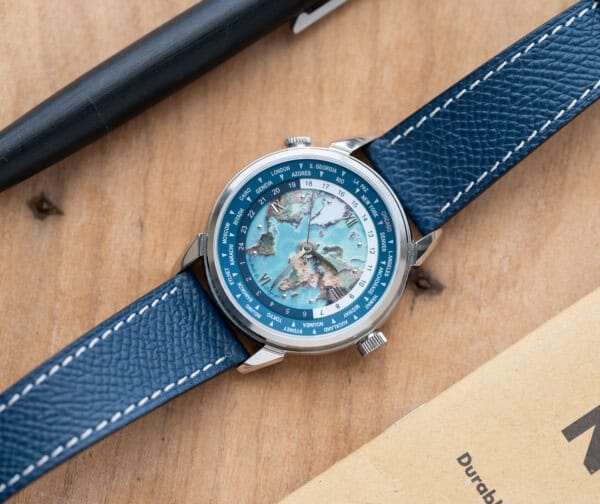



 Featured Videos
Featured Videos





